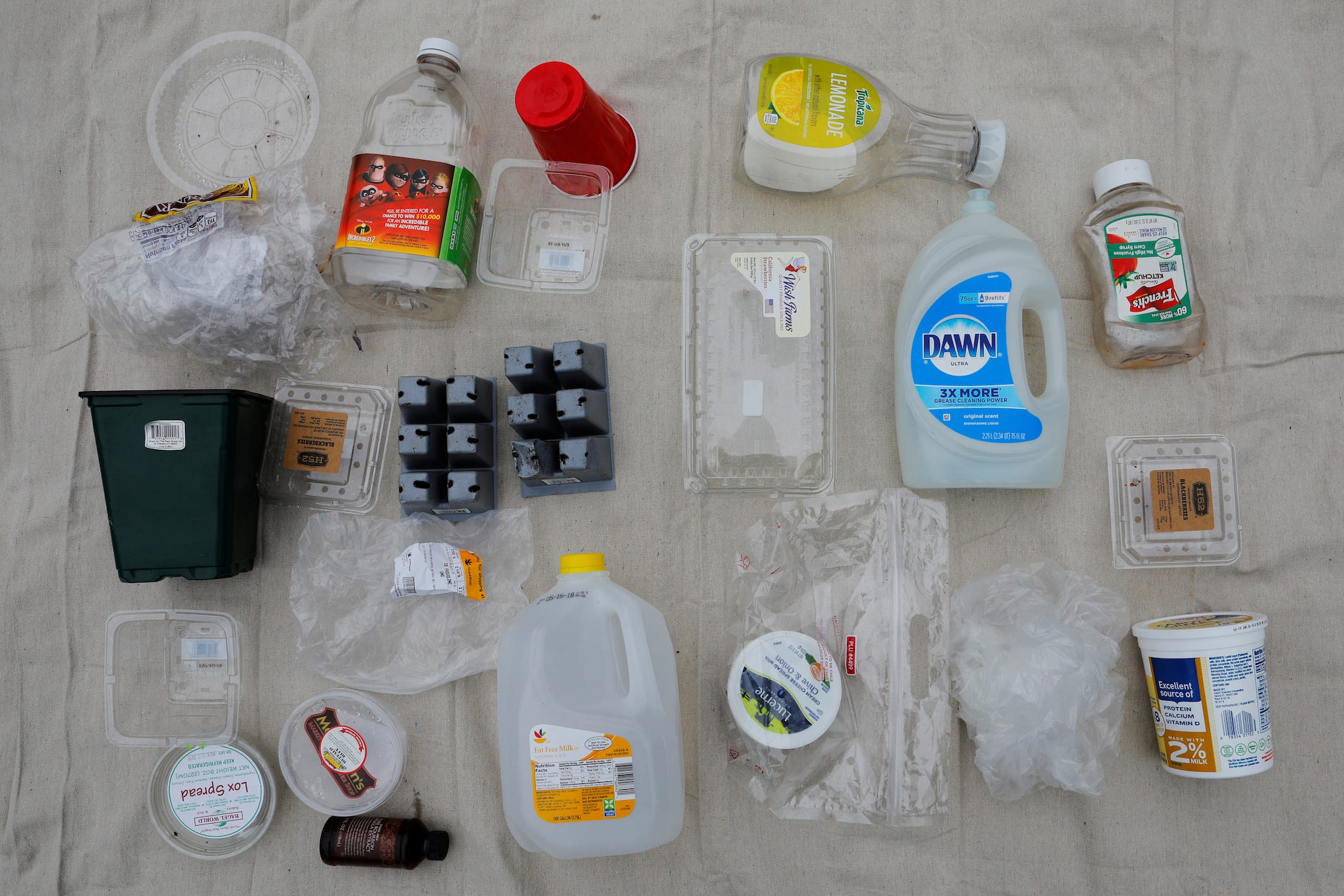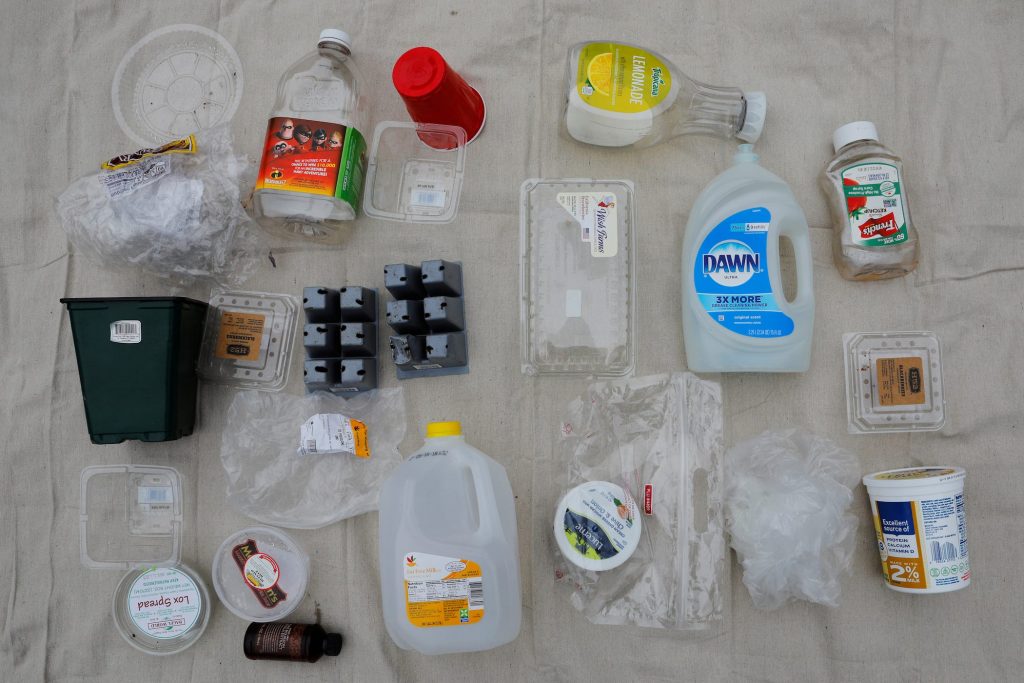
Reuters/Brian Snyder
- Phthalates are harmful chemicals found in many plastics, cosmetics, and food that are linked to hormone changes and early death.
- Processed foods are especially likely to contain phthalates absorbed throughout the supply chain.
- Phthalates are also added to some personal care products to make them long-lasting.
Ortho-phthalates, or phthalates for short, are a family of chemical compounds that can be found in hundreds, if not thousands, of the products you buy.
The synthetic chemicals are commonly used to soften plastic into bendy vinyl, and they can achieve the same plasticizing effect in nail polish and hairspray. But in humans, too much exposure to phthalates can get in the way of important hormone function.
A recent study linked exposure to phthalates to early deaths in American adults – especially deaths due to heart disease, which has been connected to plasticizers in other studies. Even a slight hormonal disruption can have cascading effects on the reproductive and immune systems, as well as the developing brain in utero.
Since phthalates are found in such a wide variety of products, it's nearly impossible to avoid them entirely. But there are some steps you can take to reduce your exposure until companies and governments take action to eliminate phthalates.
Avoid processed foods
Food is the leading source of phthalate exposure, according to the Centers for Disease Control and Prevention. Phthalates aren't intentionally added ingredients, but they can easily migrate out of plastic containers or processing equipment and into the food you eat.
The chemicals are especially likely to be absorbed by fatty foods, according to Safer Chemicals, Healthy Families. Phthalates have been found in dairy products, meats, fish, oils and fats, baked goods, infant formula, processed foods, and fast foods.
Processed foods are exposed to plastics at nearly every stage of the supply chain, from the PVC tubing used in processing to the gloves worn by food service workers.
Opting for fresh foods instead of processed or canned foods whenever possible is one way to reduce your phthalate exposure, Leonardo Trasande, director of NYU Langone's Center for the Investigation of Environmental Hazards, told Insider.
You could also cut back on take-out. Research has shown that people who mostly order in or dine out have higher phthalate levels in their bodies compared to those who mainly cook at home.
Store your food in something that's not plastic
You can cut out one stop on the plastic express at home - it's time to throw out your plastic Tupperware.
Use glass, stainless steel, ceramic, or wood to hold and store foods instead, Trasande told Insider. If you decide to keep some plastic plates or containers, avoid putting them in the microwave and the dishwasher to reduce rogue phthalates.
Beware of take-out packaging from restaurants as well - recycled cardboard food packaging may have higher concentrations of phthalates than virgin cardboard.
Buy unscented lotions and detergents, or look for 'phthalate free'
Phthalates are also found in many personal care products. The chemicals make scents adhere to the body for longer, so anything labeled "fragrance" or "parfum" is a possible red flag.
However, in almost all states, manufacturers don't have to tell consumers what's in that fragrance, according to Safer Chemicals, Healthy Families.
To be safe, you can avoid any soaps, shampoos, lotions, or perfumes that contain synthetic fragrances. Even better, you can pick out safer products labeled with a "fragrance-free" Safer Choice seal, which means they've been vetted and approved by the Environmental Protection Agency.
Several companies sell personal care products marketed as "phthalate-free," so look for those as well.

